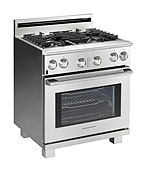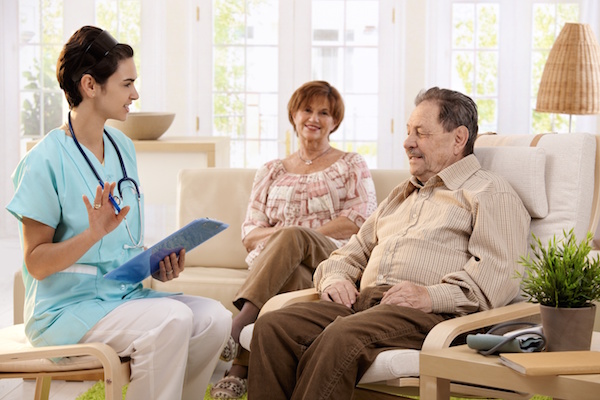
MONDAY, Dec. 27 (HealthDay News) — Carbon monoxide poisoning is a serious threat, especially during the winter when people may use ovens and heating appliances to keep warm, says the American College of Emergency Physicians.
“This colorless, odorless gas is deadly if you don’t take precautionary steps or notice the symptoms. Thinking about it now and acting to prevent the risks of carbon monoxide poisoning may save your life and the lives of those around you,” Dr. Sandra Schneider, president of ACEP said in a news release from the organization.
Each year, carbon monoxide poisoning kills more than 400 people in the United States and results in more than 20,000 emergency department visits and more than 4,000 hospitalizations, according to the U.S. Centers for Disease Control and Prevention.
Symptoms of carbon monoxide poisoning include: headache, dizziness, weakness, nausea, vomiting, chest pain and confusion, says the ACEP. These symptoms mimic other illnesses, which can make it difficult to recognize carbon monoxide poisoning.
“If you get bad headaches or suffer from any of these symptoms, you may easily confuse them with the flu,” Schneider said. “People should be concerned about the possible presence of carbon monoxide if more than one person living or working together develops these symptoms simultaneously over a short period of time.”
Call 911 if you suspect carbon monoxide poisoning.
The ACEP offers the following tips for preventing carbon monoxide poisoning:
- Gas appliances should be installed and maintained by a qualified professional.
- Carbon monoxide detectors should be installed on each level of your home, preferably near bedrooms.
- Never leave a vehicle engine running in an enclosed garage.
- Portable flameless chemical heaters should never be used indoors. Although they don’t have a flame, they can release carbon monoxide.
- Charcoal grills should never be used indoors.
- All gas appliances must be properly vented to prevent carbon monoxide buildup indoors.
- Make sure your fireplace flue is open when you have a fire, and get your chimney checked and cleaned annually.
More information
The U.S. Fire Administration has more about the dangers of carbon monoxide.

